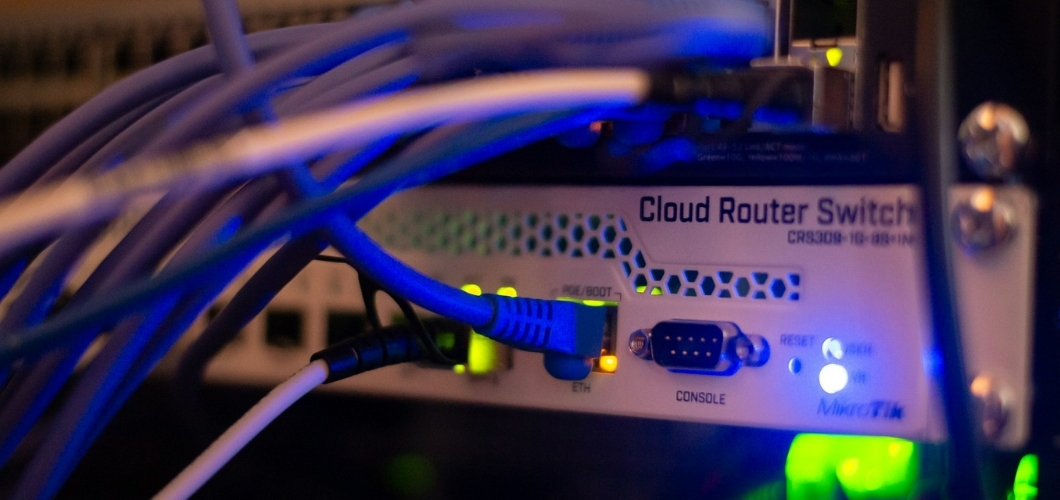Transportation is just one of the many industries that the IoT is changing. IoT is transforming mobility and improving the safety, efficiency, and environmental friendliness of transportation networks through linked cars and smart infrastructure. Here are some examples of how IoT will influence transportation in the future.
Automotive Networks: Creating the Future
The most notable example of how IoT is affecting transportation is with connected cars. These cars collect and exchange data in real time using sensors, GPS, and communication technology. In addition to improving efficiency and safety, this connectivity improves driving in several ways.
Enhanced Safety: By communicating with infrastructure and one another (V2V and V2I), connected cars can notify other drivers of impending dangers such abrupt stops or road closures. Both traffic flow and accident rates can be greatly improved by doing this.
Predictive Maintenance: IoT-enabled sensors track the condition and performance of vehicles, sending out early alerts when maintenance problems arise before they cause malfunctions. This prolongs the vehicle’s lifespan and lowers the need for unforeseen maintenance.
Routes That are Optimized: Vehicles can select the most fuel-efficient routes and save time and fuel thanks to real-time data on accidents, roadworks, and traffic conditions.
Smart Infrastructure: Constructing the Future’s Intelligent Highways
IoT encompasses more than simply connected cars; it also entails building intelligent infrastructure to facilitate and improve mobility. This is the way that intelligent infrastructure is changing transportation:
Intelligent Traffic Management: Intelligent traffic management reduces waiting times at intersections by minimizing congestion using smart traffic lights and sensors that gather data on traffic flow and modify signal timings accordingly.
Smart Parking Solutions: IoT-enabled parking sensors and meters give drivers real-time information on open spots, cutting down on the amount of time they spend looking for a place to park.
Dynamic Roadway Information: By giving drivers access to up-to-date information on traffic, weather, and road closures, digital signage and smart highways enhance traffic control.
Benefits to the Environment: Greener Transportation
Another important way that IoT is contributing to the sustainability of transportation is:
Efficient Fuel Use: Connected vehicles reduce emissions and fuel consumption by optimizing routes and cutting down on idle time, which helps to create a cleaner environment.
Integration of Electric Vehicles: IoT technologies facilitate the expansion of electric vehicles (EVs) by offering information on the availability of charging stations and streamlining the charging process, hence increasing the use and accessibility of EVs.
Smart Urban Planning: Information gathered from IoT devices can be utilized to plan and execute more environmentally friendly mobility options, like enhanced public transportation and bike-sharing schemes.
Obstacles and Prospects for the Future
IoT has many advantages, but there are also issues that must be resolved. These include:
Data Security and Privacy: It is critical to protect the security and privacy of the enormous amount of data being collected. Strong cybersecurity defenses are required to fend off illegal access and data breaches.
Interoperability: Different platforms and technologies need to work together harmoniously for IoT systems to operate properly. To fully realize the potential of smart transportation, it is imperative to ensure compatibility between diverse IoT devices and systems.
Infrastructure Investment: A substantial amount of money is needed to implement smart infrastructure. To fully enjoy the advantages of new technologies, governments and private sector participants must work together to finance and implement them.
Conclusion
Future transportation will be smarter, more efficient, and sustainable thanks to the IoT. The opportunities to improve mobility and the transportation experience are almost endless as long as technology keeps developing.



